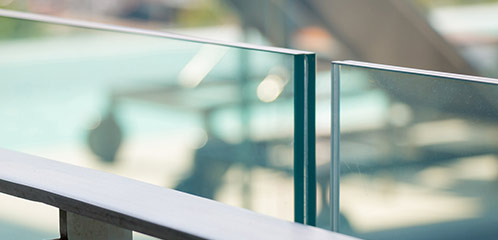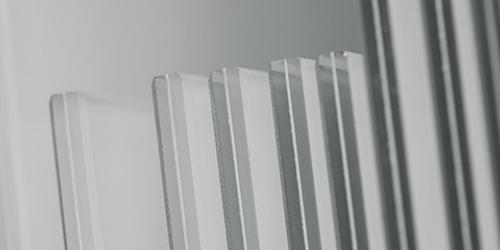Glass and sealants: How to make the best match
As laminated glass use continues to grow, so does the number of materials the edges of laminated glass may come into contact with. Sealants are increasingly important in any glazing design. Sealants are now available in multiple formulations and types, so selecting the proper sealant for the project and ensuring it has good compatibility with the glazing and glazing components is critical.
With proper use, most sealants will not come into contact with the interlayer, although edge overflow can sometimes occur. Unless there is a butt-glazed design, heal or toe bead, or need to secure a gasket or point-fixed glazing, the compatibility between sealants and Saflex® or Vanceva® Color PVB interlayers should be moot. Even so, since the 1970s, testing of sealants and Saflex PVB interlayers has been occurring, and data has been published to assist in selecting the most appropriate sealant for the project. New data has just been released for three of our popular Saflex interlayers: Saflex Clear, Saflex Acoustic, and Saflex Structural. The info is available at saflex.com or by contacting glazing@eastman.com.
Mix or match? How we look at compatibility

Compatibility testing is conducted between commercially available sealants and our Saflex and Vanceva interlayers as warranted by product introductions or modifications. We are not able to test every sealant on the market due to space and resource constraints; however, we do concentrate on commonly used families of sealants from major manufacturers.
We have not found a commercially available sealant that, when used alone, is consistently compatible with the laminated glass as tested under our conditions. Test results can vary, with a sealant producing no edge effect on one round of testing but minor edge effects on the next. The use of edge seals, primers, or tapes may also change the results.
Sealants and other adhesives are tested for edge effects with laminated glass made with Saflex and Vanceva interlayers in accordance with our published procedures. The sealants and adhesives are made available to Eastman by suppliers, fabricators, and manufacturers. Eastman makes no recommendation, either direct or implied, since we cannot and do not control variations and modifications in the sealants. We also state that results reported are applicable for the materials received and as tested but may not reflect actual performance as installed. The data is presented for the informed use of the glazing industry. The results of the testing are periodically reported and updated on the website saflex.com.
Exploring Edge Effects
Edge effects from sealant interaction are normally seen as clear, very small—2 to 6 mm (0.08 to 0.25 in.)—edge bubbles. They are sometime continuous along an edge and other times very distinct and isolated, depending on the sealant or adhesive. Edge effects from sealants and adhesives are typically maximized in depth at approximately 10 mm (0.39 in.) from the edge, although some may be slightly worse. Although a slight discoloration can occur with sulfide-containing sealants and adhesives, normally, the edge effect is clear.
Sealants may contain solvents that can be harmful to the interlayer edge. In most cases investigated, the sealants considered neutral in curing are routinely perform better in a compatibility assessment than sealants that have acids (e.g., acetic acid).
Occasionally, a test cycle will result in minimal to no interaction between the laminate and the sealant or adhesive under the controlled test environment. This does not guarantee the same results in the field as application, environmental, and material deviations can occur.
Sealants, adhesives, gaskets, and setting blocks should be selected first for their desired performance (e.g., compression, tensile strength, weatherproofing, structural, cosmetic), with edge effects being a consideration after a performance class or family has been established.










